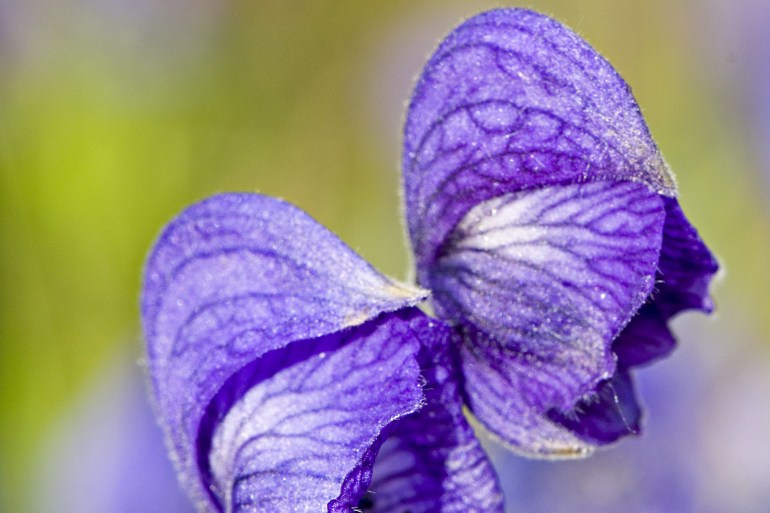Trees and green plants loom on the horizon, you feel relieved, but as you approach, you find in front of you a black gate on top of which is an arch written in large white letters "The Poison Garden", you lower your eyes, and you are in front of a frightening white skull between two bones like the one you see on Around them was written the phrase "These plants may kill."
It is not a joke or a joke to attract visitors to all that is funny and strange, behind this black iron gate awaits you the most dangerous garden in the world, a garden where everything wants to kill you, poison you or drug you, welcome to the poison garden in the north east of England, which opened in 2005 And attached to the garden system "Alank".
And if you want to visit this park, you will receive a stern warning before the start of your tour “Do not touch anything, do not taste anything, do not smell anything”, although some visitors - according to the park’s website - would occasionally pass out when they inhaled the fumes. Toxic emitted by some plants during the tour.
The 'wolf killer' plant contains the toxic substance aconitine (Getty Images)
most dangerous plants
One of the most dangerous plants in the garden is a plant called "Wolf's Bane", which contains aconitine, which is a dangerous poison. There is also a castor plant in the garden, and its seeds contain ricin, which is highly toxic.
Castor plant is one of the most dangerous poisonous plants (Encyclopedia Britannica)
The visitor to the garden will see the "Rhododendron", the leaves of which contain the toxic substance Grayanotoxin, which belongs to the neurotoxin family, and if eaten by humans, it leads to a nervous system disorder.
The toxins of these trees are not limited to humans. If they are planted next to each other, they poison the soil and are not suitable for growing any other plants except rose trees only.
The leaves of the rose tree contain neurotoxins (Getty Images)
golden chains
There is also the "Al-Qassas" tree (laburnum), which is also known in Europe as "the tree of the golden chains", and despite the scenic beauty of the flowers of this tree, it is the second most dangerous tree in Britain in terms of toxicity, and many people plant it around their homes because of its exquisite yellow flowers, However, they contain a toxin called 'cytisine'.
One of its extreme toxicity is that if one of its branches fell to the ground and remained in its place for several months, then one of the dogs came and picked it up in his mouth like a stick to play with, then most likely the dog will not complete his day and will not return to his home with his owner, because he will simply have died before that, yes it is poisonous to this extent .
Poison Garden is part of a national drug awareness program (Wikipedia)
Carnation flowers
Among the deadly plants in the garden are the “Hellebores” flowers, which include 25 to 30 species. It was mentioned in “Lisan Al Arab” by Ibn Manzur under the article “Hellebores”: “The hellebore: a plant like poison that blinds its eater and does not kill it.” It is always recommended to wear Gloves when handling.
The Poison Garden is part of a national drug awareness program, as part of efforts to educate young people about the dangers of drugs and deliver the correct information to them, which is what happens during induction tours in the Poison Garden.

